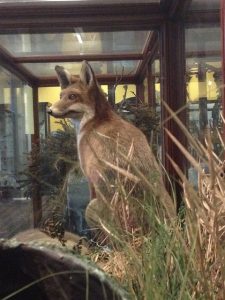
Based at Merrion Square, Dublin’s Natural History Museum is what I would consider my local museum (along with another, rather less well-known museum) and I have visited on a regular basis since I was very young. Sometimes referred to as “The Dead Zoo”, the museum has changed very little since the Victorian era, and thus feels more old-fashioned than the museums in London or Edinburgh. There’s also the fact that many of the scientific names on the animals’ labels are obsolete (for example, a crowned sifaka labelled as Lemur mongoz, when that name actually refers to the mongoose lemur, which is now Eulemur mongoz; the crowned sifaka’s actual scientific name is Propithecus coronatus), but have been left unchanged to show what scientists thought was correct at the time.

The ground floor that you come to upon first entering the museum is dedicated entirely to native Irish species, and this includes three skeletons of the giant deer, Megaloceros (often incorrectly called the ‘Irish elk’), as well as an eel that appears to have choked on a frog! The model of a basking shark hangs from the ceiling of this hall. As of 2019, there is now a ‘Wonder Cabinet’, featuring displays of Irish animals, including a peregrine pursuing a pigeon, a loggerhead turtle with barnacles on its shell, and the jawbone of a cave hyena unearthed in Co. Cork (yes, there were once hyenas in Ireland!).
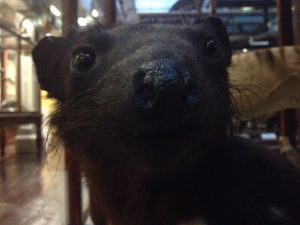

Going upstairs takes you to the main hall of the museum, dedicated to animals that can be found outside of Ireland (though with a few Irish species to be seen). The only floor of this hall that was open to the public until 2020 was the mammals floor. Here, different taxonomic groups of mammals are grouped in large glass cases, including three separate cases for members of the Carnivora. Larger mammals that are mounted outside of cases include an Asian elephant and its skeleton, walrus, giraffe (nicknamed ‘Spoticus’), moose, hippopotamus, and Sumatran and black rhinoceroses. The skeletons of two whales hung from this ceiling: one a fin whale, and the other a young humpback whale. Some extinct species can be viewed on this floor, including a thylacine, the skeleton of a cave bear, and the fossil of the early horse relative Hyracotherium. The mounted heads of various hoofed mammals adorn the balconies above this floor and the two floors above.
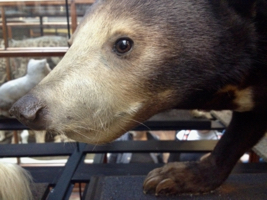
The top two floors have been off-limits to the public ever since one of the staircases collapsed in July 2007, and due to a lack of emergency exits on these floors. However, you can still see what is on these floors by going onto the museum’s website and opening their 3D virtual tour. The second floor is dedicated to birds, reptiles, amphibians, and fishes. The skeleton of a dodo can be seen on this floor. The third floor is dedicated to invertebrates and this is where visitors could be level with the fin whale skeleton (when the floor was open, of course).
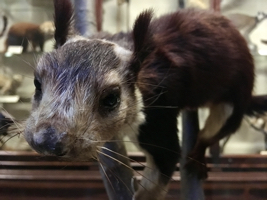
After years of being one of my favourite places to visit in Dublin, I eventually stopped visiting when the Natural History Museum was closed temporarily due to the pandemic. The museum remained closed for the next two years afterwards as every specimen in the main hall, including the two whale skeletons, were removed to facilitate renovations of the 164-year-old roof. The museum would eventually reopen in August 2022 (though only the ground floor), and I have made occasional visits since its reopening.
As part of the National Development Plan 2018-2027, a side extension of the museum is planned, to include an educational space, café, shop, toilets and elevators without interfering with the character and charm of the museum. This plan will also see emergency exits being added to the top two floors, so hopefully in the future, the public will be able to see the collections on those floors again.

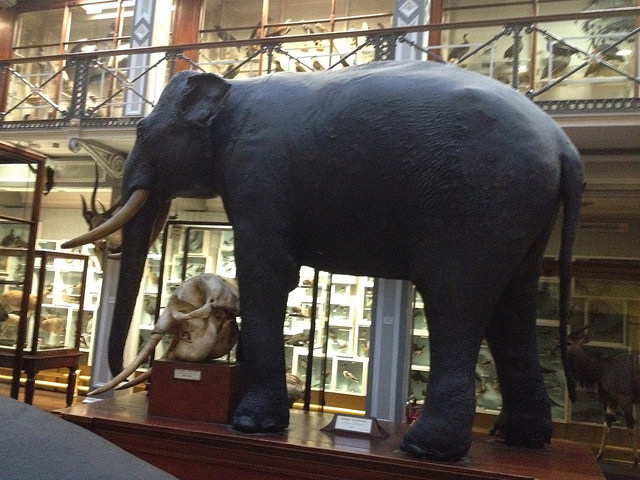
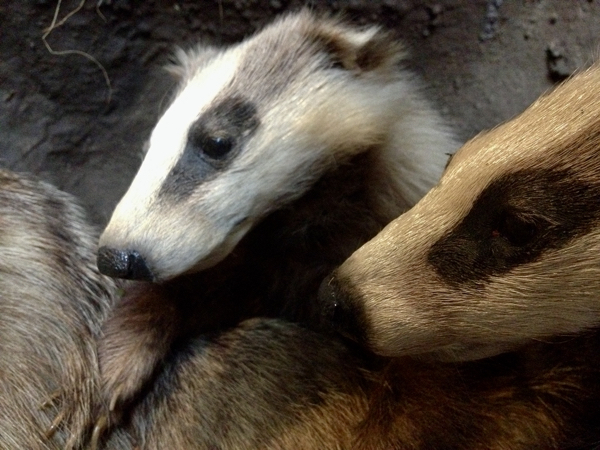

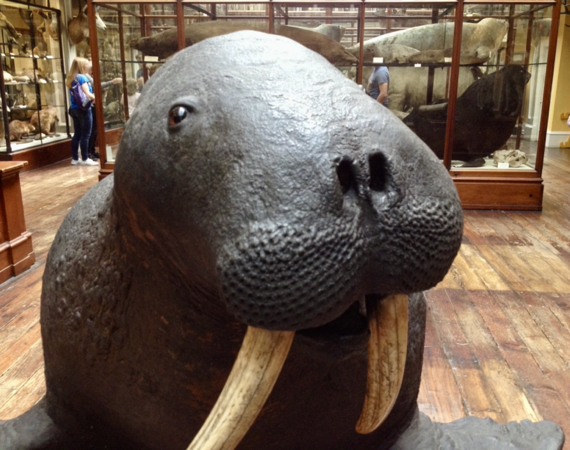
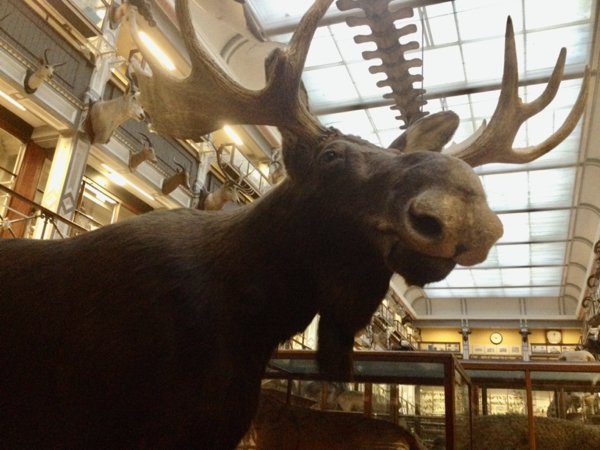
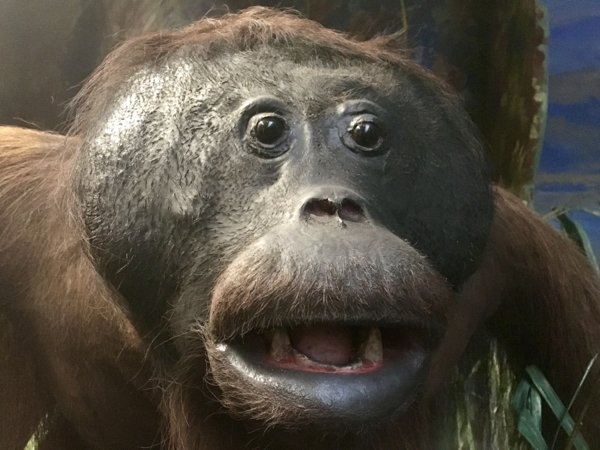
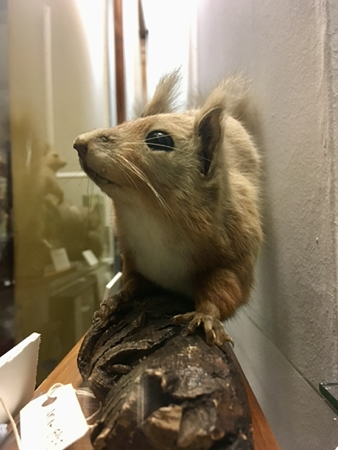


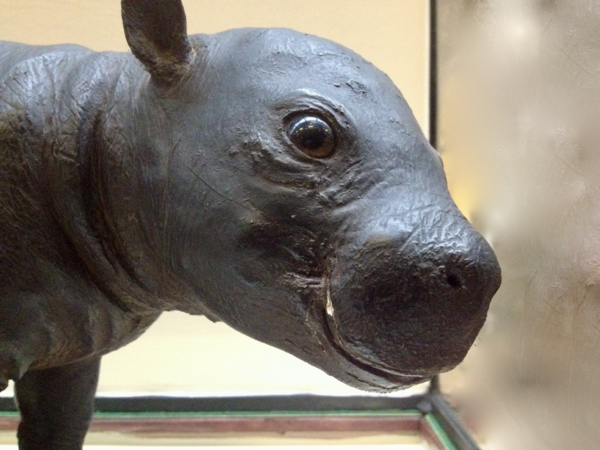

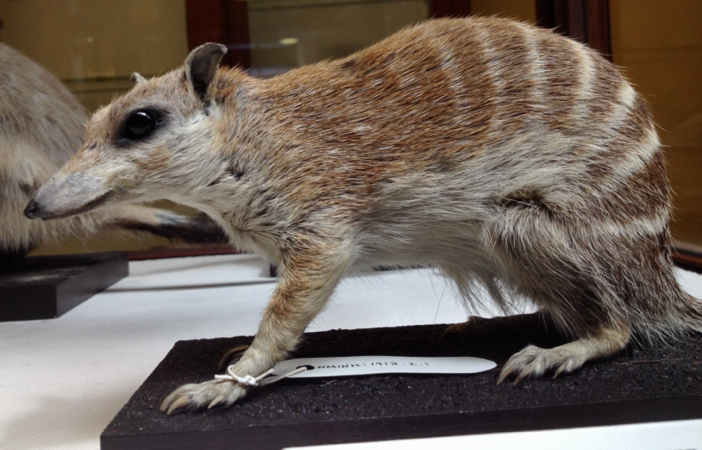

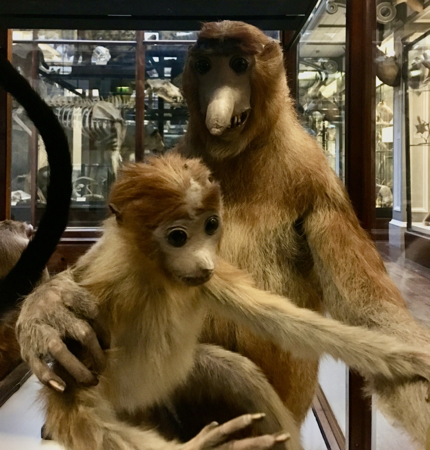
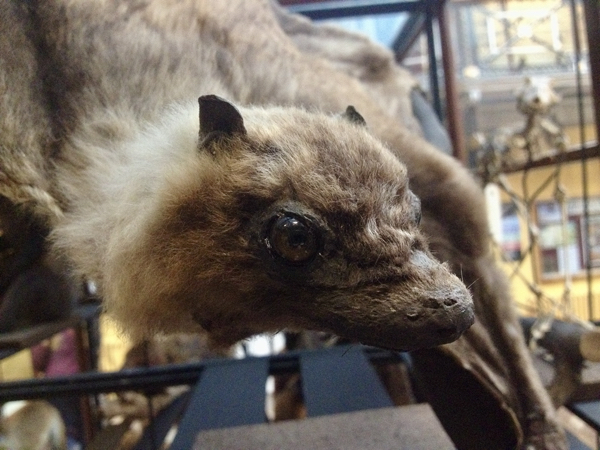
One Response
Trinity College Zoological Museum – David Twamley
[…] Natural History Museum at Merrion Square, Dublin, has been one of my favourite places to visit ever since childhood (excluding pandemic years). […]